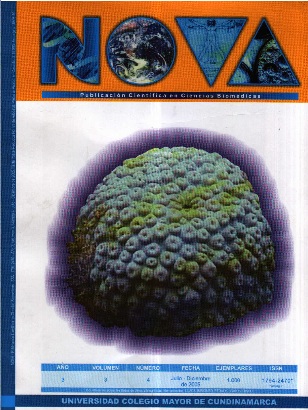Aplicación de indicadores de conocimiento sobre biodiversidad para el diagnóstico y comparación de colecciones biológicas.
Los indicadores de conocimiento sobre biodiversidad propuestos sirven para comparar el mismo grupo biológico: (i) entre diferentes colecciones, como el caso de estudio escleractinios del Museo Javeriano – MUJ y Museo de Historia Natural Marina de Colombia- MHNMC; (ii) comparar una colección frente a un total reportado para el país o el mundo. Los indicadores usados fueron los de: representatividad y complementariedad, tanto taxonómica como geográfica, especies en peligro, identificación taxonómica, completitud de datos, intensidad de muestreo e índice de metadatos. Los indicadores utilizados arrojaron los siguientes resultados para la colección del MUJ: especies con las que cuenta, 30 corales hermatípicos; carece de, 52 corales ahermatípicos en muestreos en 3 ecorregiones del país; distribución temporal de colecta, 91.6% de las colectas recientes; distribución espacial de colecta, 6 ecorregiones a lo largo del Caribe colombiano; representatividad taxonómica 50% frente al MHNMC y 26% frente al total reportado en el Caribe; nivel de curatoría, 94.4% de ejemplares identificados hasta especie; especies en amenaza presentes, 17.6%; familia con mas repeticiones, Faviidae y mas representativa, Agariciidae. El uso de indicadores incrementa la utilización y divulgación de la biodiversidad de un país y permite la especialización de la colección a través de la información documentada, permitiendo a los museos generar un diagnostico por colección y establecer prioridades de manejo y optimización de los recursos económicos.









